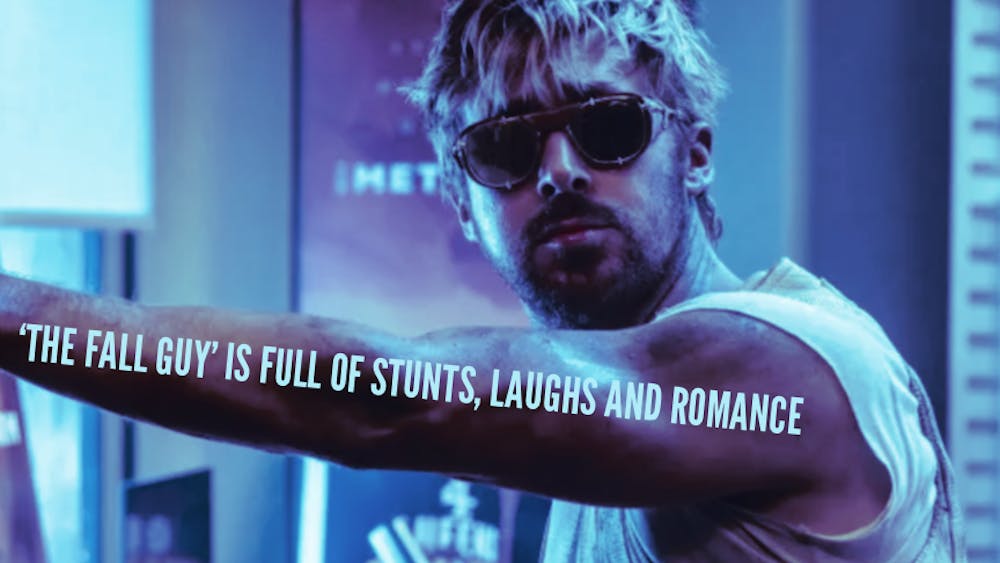
I didn’t. I meant to, but I started “A Study in Scarlet” and found myself in the same spot I’d been stuck in the entire time my sophomore English class read “The Hound of the Baskervilles.” I was bored. For whatever reason, despite his literary acclaim, I can never quite get into Conan Doyle’s prose (even though I find it quite spectacular when brought to life on screen).
Still, over this break, when I went to pick up a new release to write about for the beginning of the semester, I picked a Sherlock Holmes book, though not one written by Conan Doyle himself. Rather, it is the fourth book to be sanctioned by the Conan Doyle estate (though many other Holmes-related books have been published) and the second by author Anthony Horowitz. Of course, I picked up “Moriarty” because I’ve always been fascinated by the literary villain whose last name I (almost) share.
“Moriarty” picks up at the Reichenbach Falls and follows Pinkerton agent Frederick Chase and Scotland Yard inspector Athelney Jones (introduced in Conan Doyle’s “The Sign of Four”) as they use Moriarty’s apparent death to track down an American criminal who seems posed to take over the London underworld in the dearth left by the eponymous character.
I will admit, I wasn’t impressed with the novel until the last few chapters. At one point, I wondered how the Conan Doyle estate could sanction a novel that was such a blatant rip off the originals. Chase plays the poor man’s Dr. Watson to Inspector Jones’ less brilliant Holmes. Horowitz’s writing was good, and by the time I’d read enough to fully understand the parallel, I was rather invested in the task the pair had set for themselves. I needed to read them through capturing Devereaux, and I desperately needed to resolve the fairly obvious inconsistencies in each of the crimes they encountered.
It was this last bit that really kept me going. The mysterious Moriarty had made only brief appearances in the novel (and really, only as a dead man), so I wanted to know how in the world he could be important enough to lend his name to the title of the book. Additionally, even I could see that certain things never quite matched up the way Jones proposed they did, and I wanted to know how Horowitz resolved it.
It is, of course, the resolution that makes “Moriarty” a fun novel to read. I, at least, never quite guessed where the story was headed; when all was finally revealed, I just about jumped in my seat. Instantly, I forgave Horowitz for any bits that seemed like they came straight from Conan Doyle’s original stories. Looking back on it, the revelation seems fairly obvious. It is the only possible solution. I think, perhaps, this is the way any great Sherlock Holmes novel should make us feel — excited by the resolution, confused as to how we missed the obvious signs and perhaps a little disgruntled that we didn’t quite find it ourselves.
All in all, “Moriarty” was everything I could ask for in a Holmes or mystery novel. Perhaps Horowitz will inspire me to try Conan Doyle again sometime, but for now, his newest novel was a perfect break with the character who has always been my favorite literary villain.













